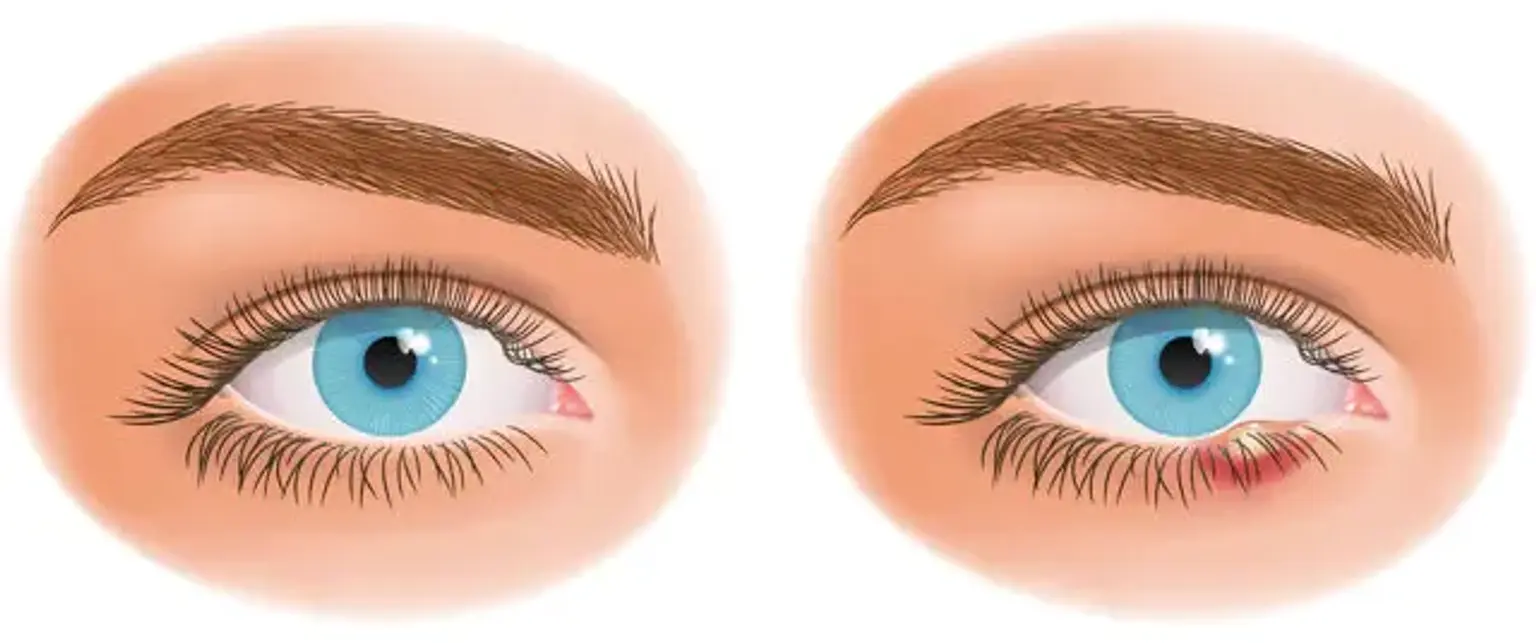Introduction
Eyelid bumps are common, but they can often cause confusion. Most people think these bumps are just regular irritations, but when they’re persistent, they can be a stye. Styes are small, red, painful lumps that form on the eyelids due to blocked oil glands or bacterial infections. However, many myths surround styes, making it difficult to identify their true causes and treat them properly.
Understanding the true nature of styes is important for effective treatment. In this article, we’ll debunk common myths, explain what really causes these bumps, and share how you can prevent and treat them.
What is a Stye?
A stye is an infection of the oil glands located at the base of your eyelashes. It appears as a small, red, swollen bump on the eyelid, often causing pain and irritation. Styes can develop on the outside or inside of the eyelid.
The primary cause of a stye is a bacterial infection, typically from Staphylococcus aureus, which can enter the glands through poor hygiene or excess oil production. While anyone can get a stye, certain factors increase the risk, such as touching your eyes with dirty hands, using old makeup, or having conditions like blepharitis (inflammation of the eyelid) or rosacea.
Differentiating Styes from Other Eyelid Bumps
It’s easy to confuse styes with other common eyelid conditions. While styes are often mistaken for other lumps or bumps, such as chalazions or even cysts, there are key differences.
